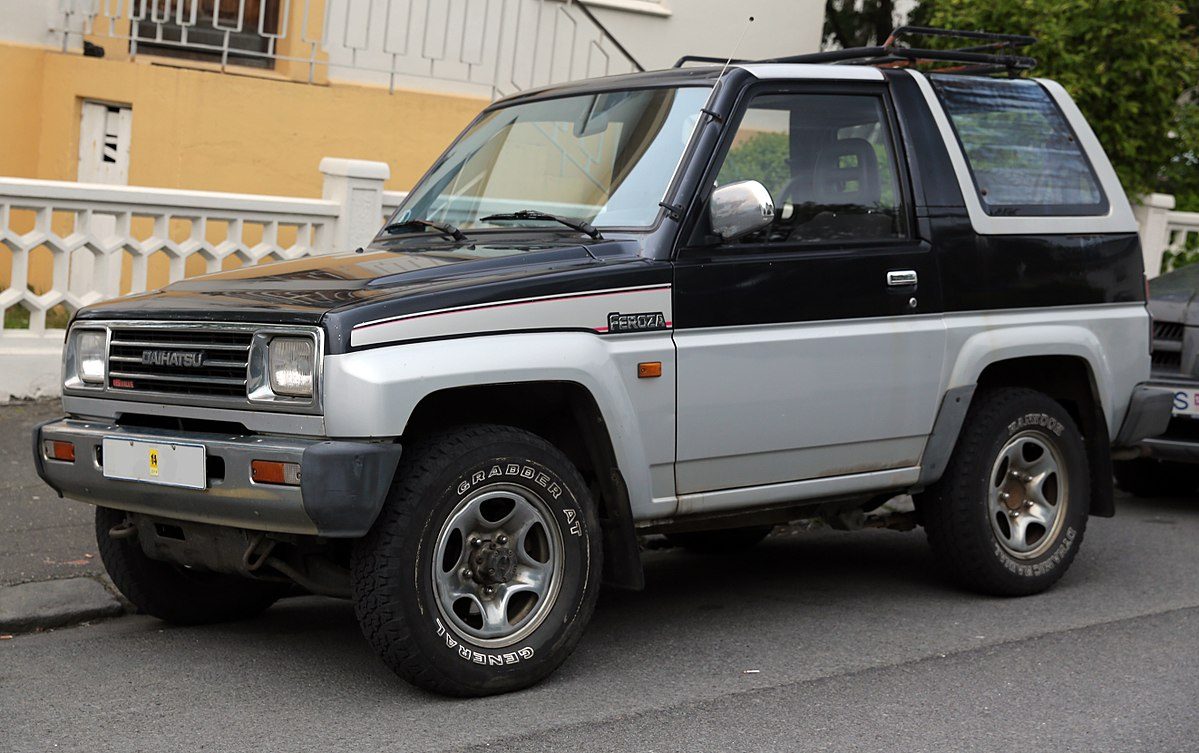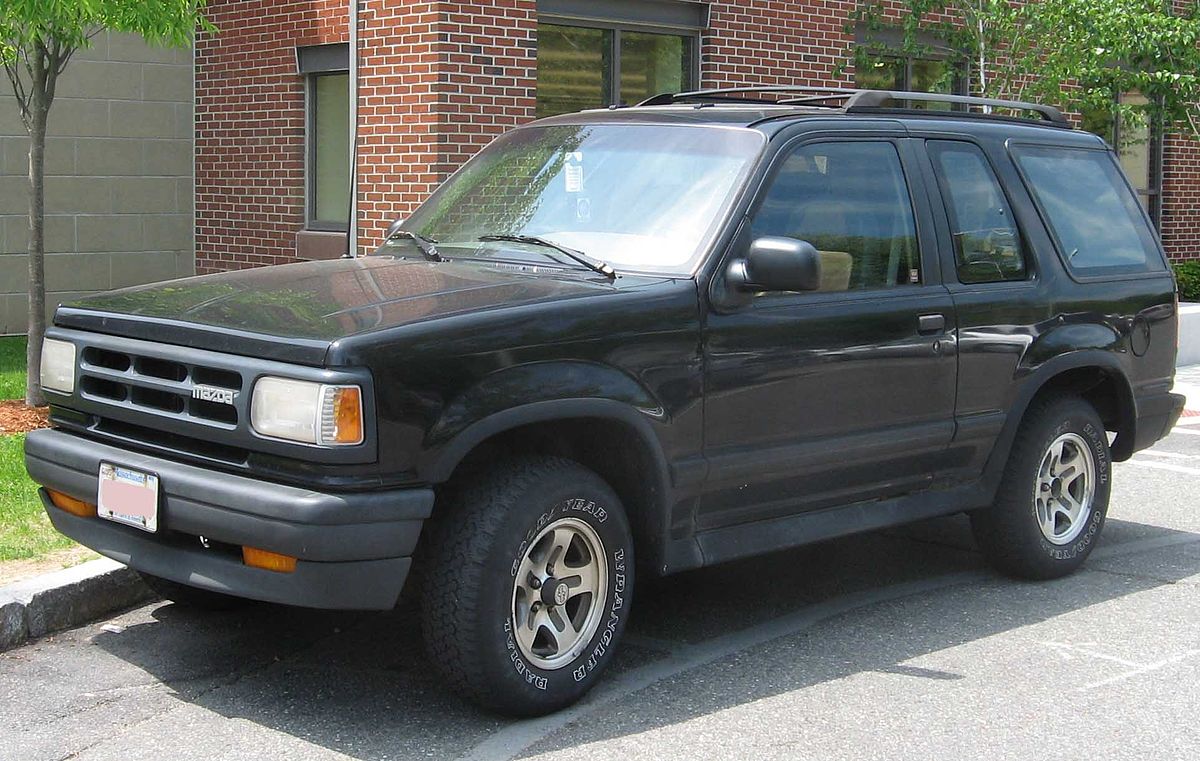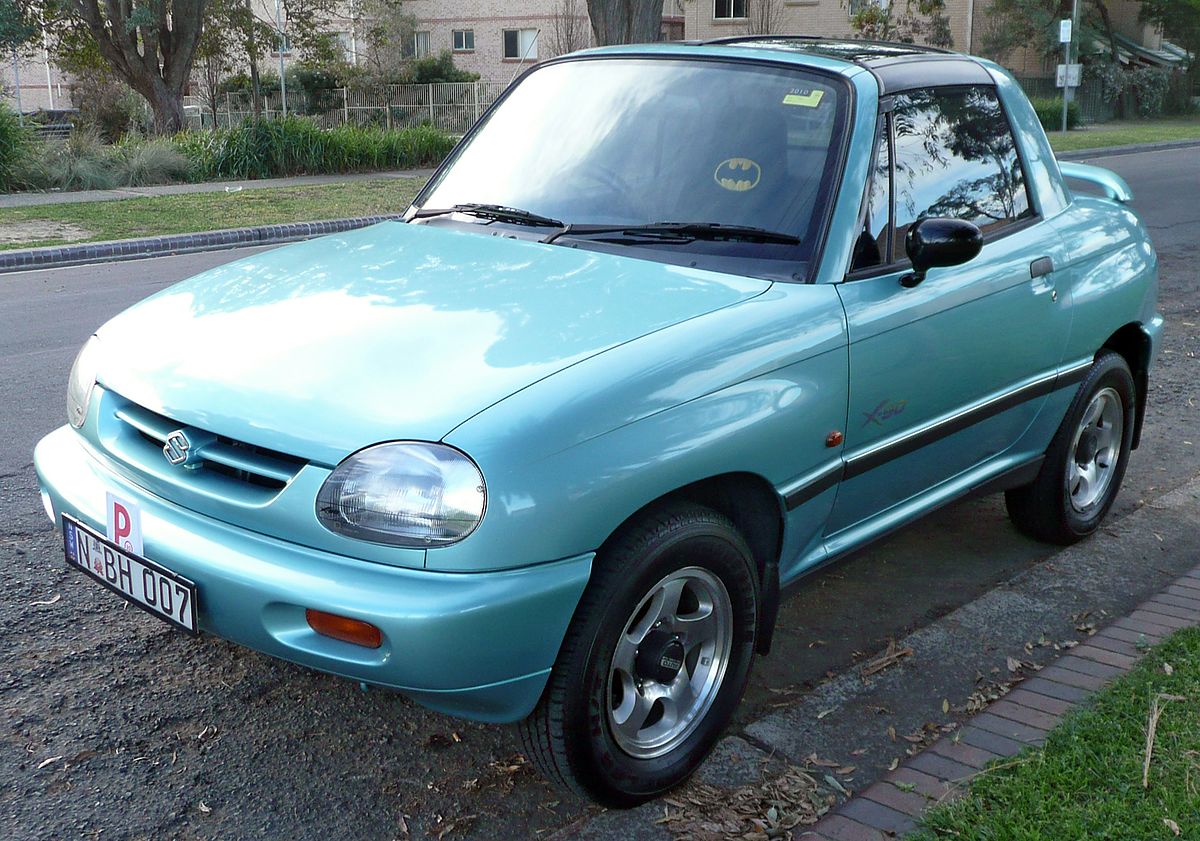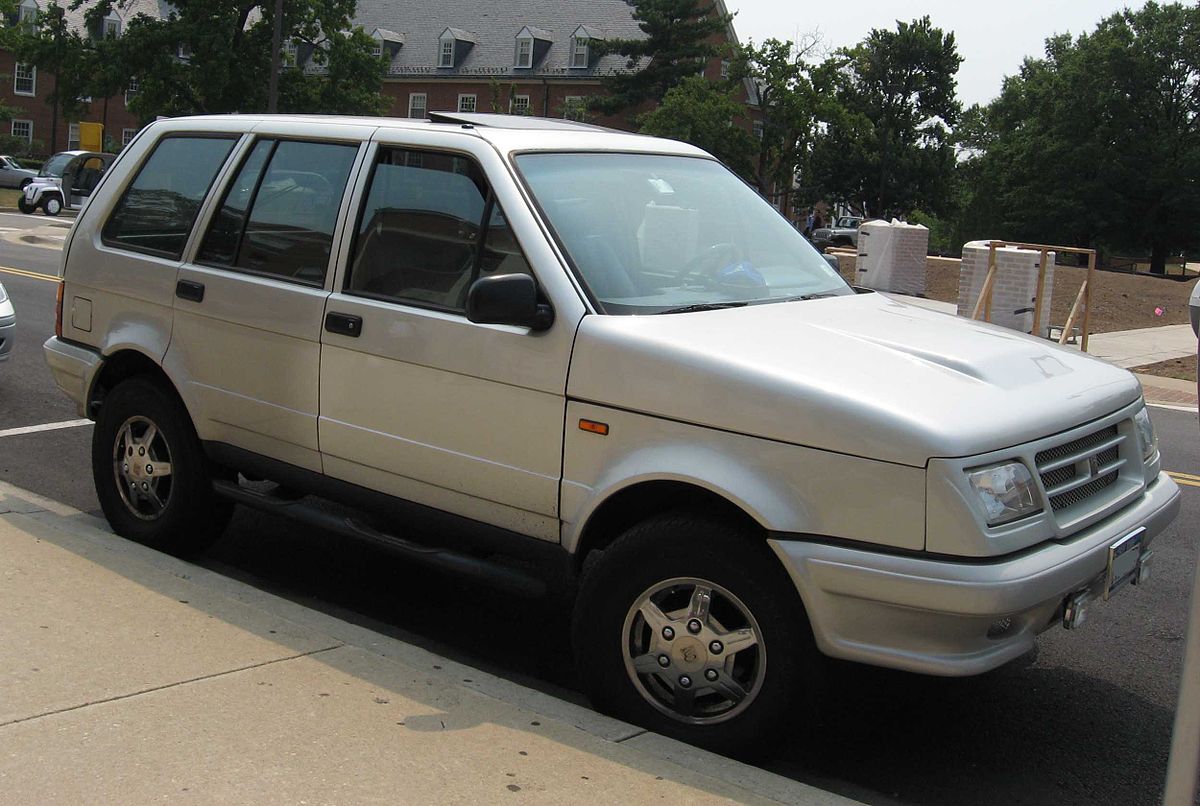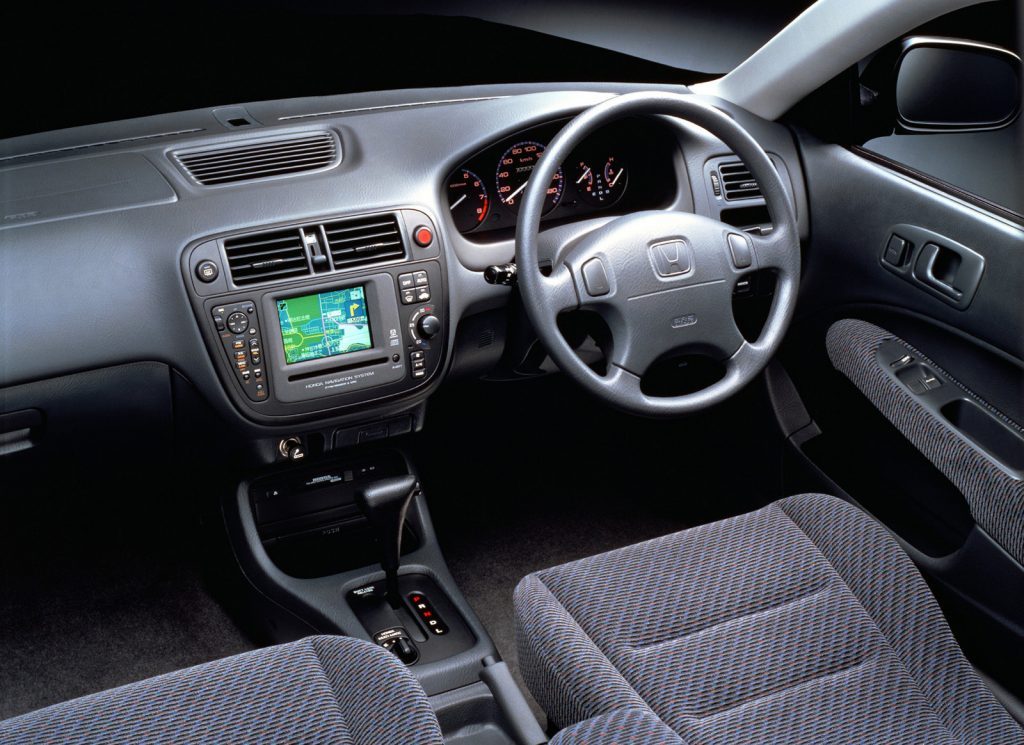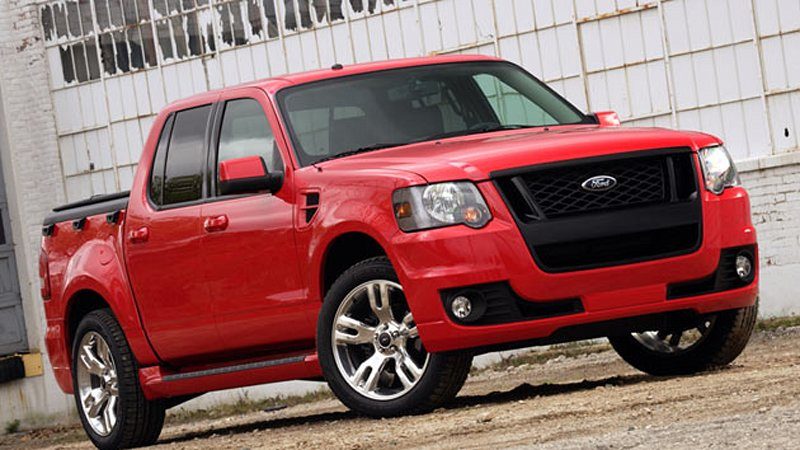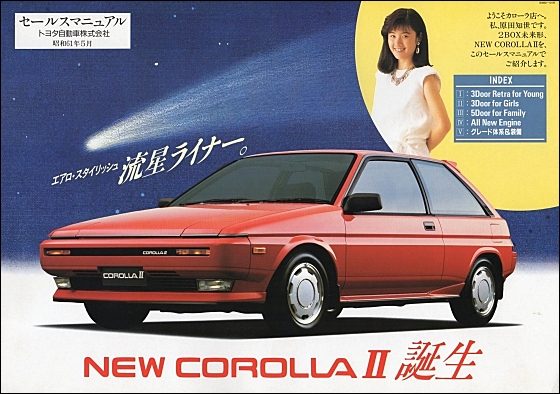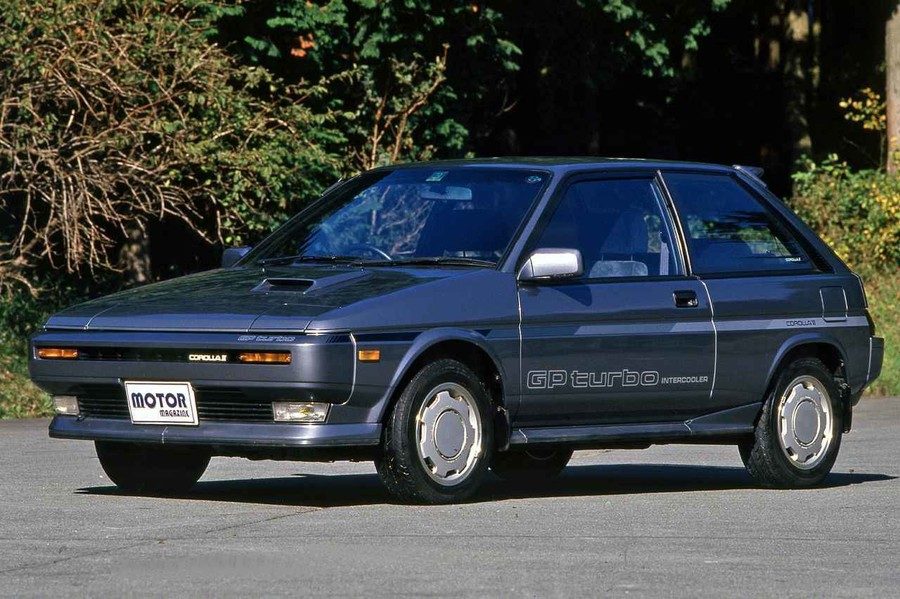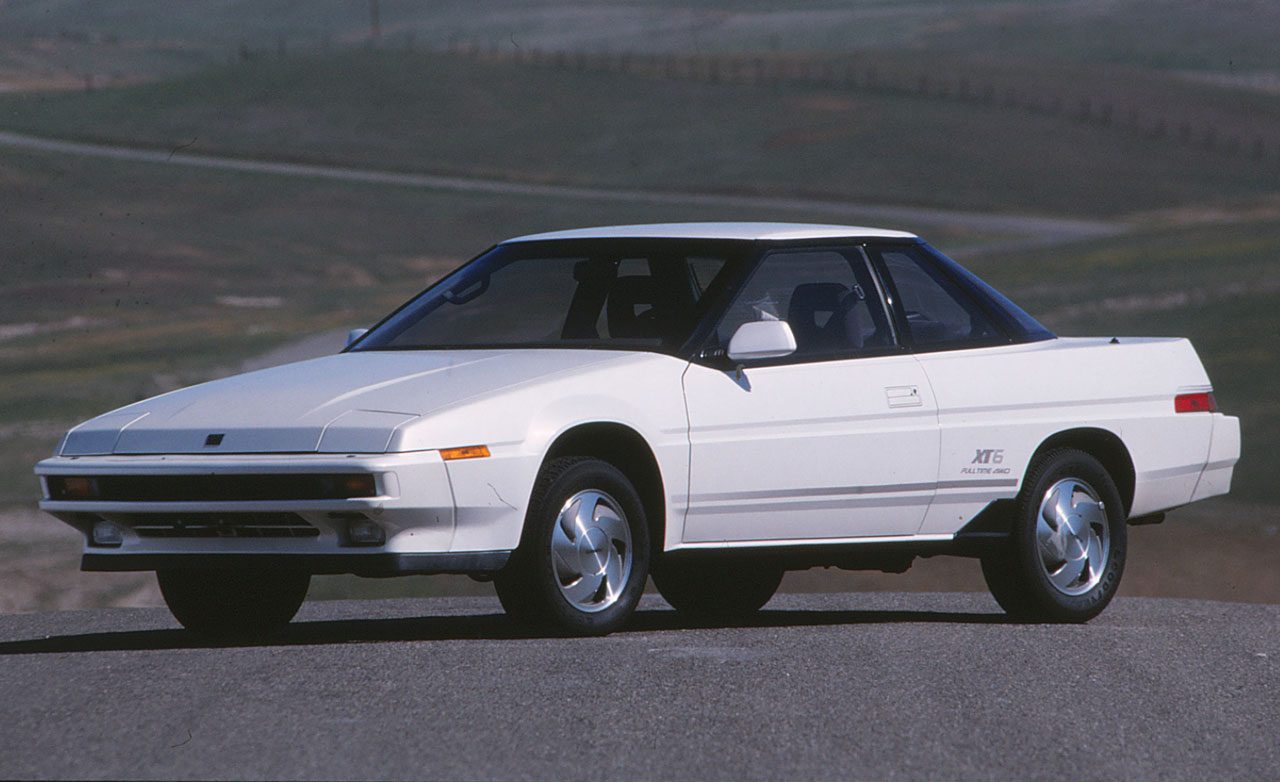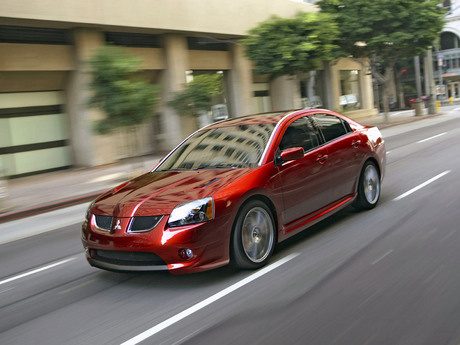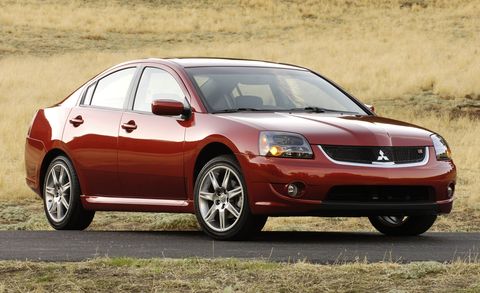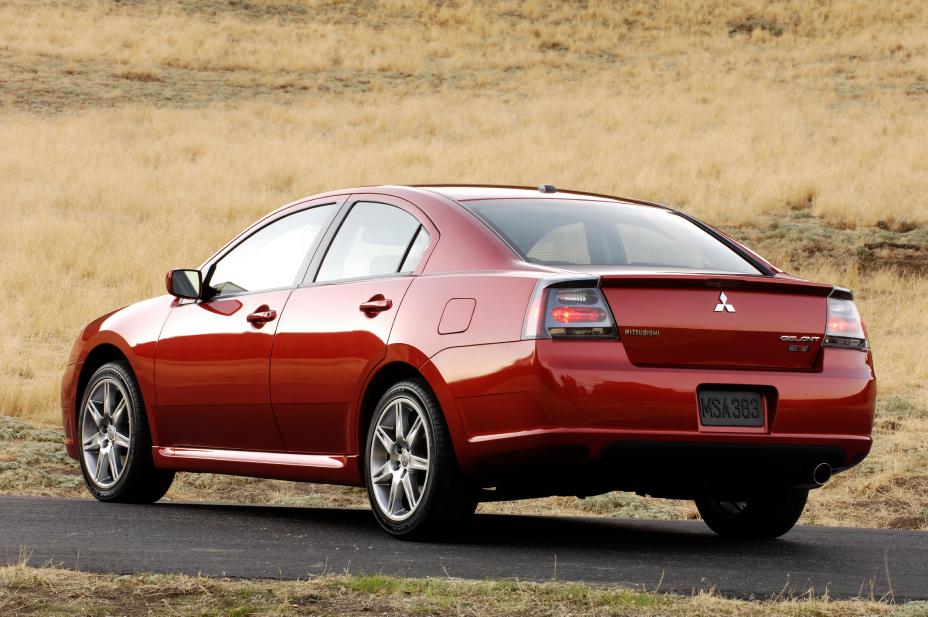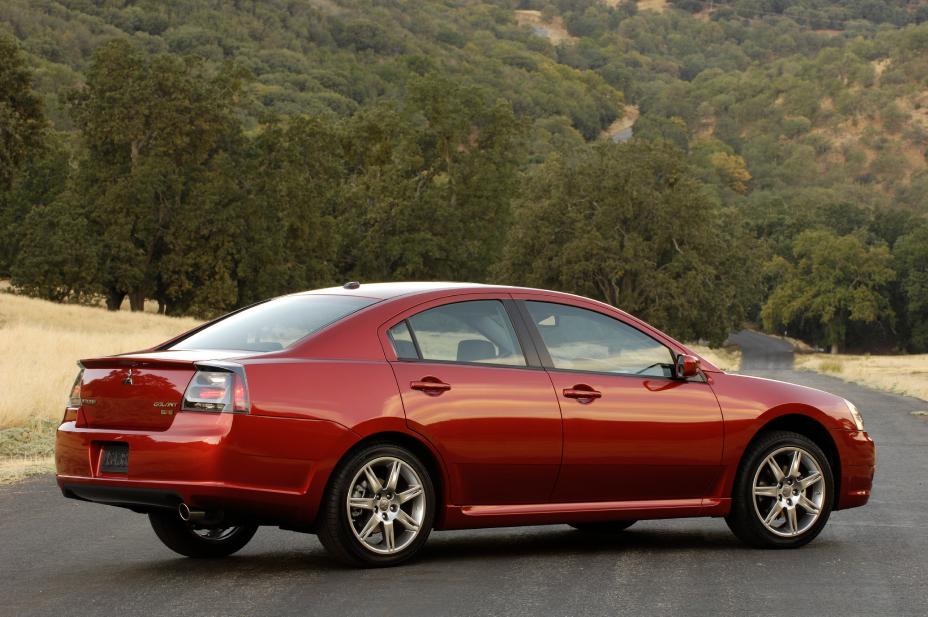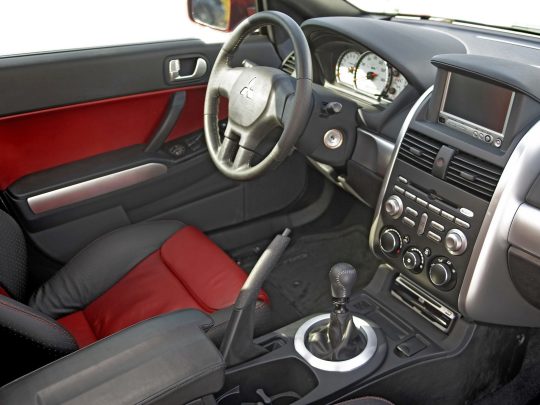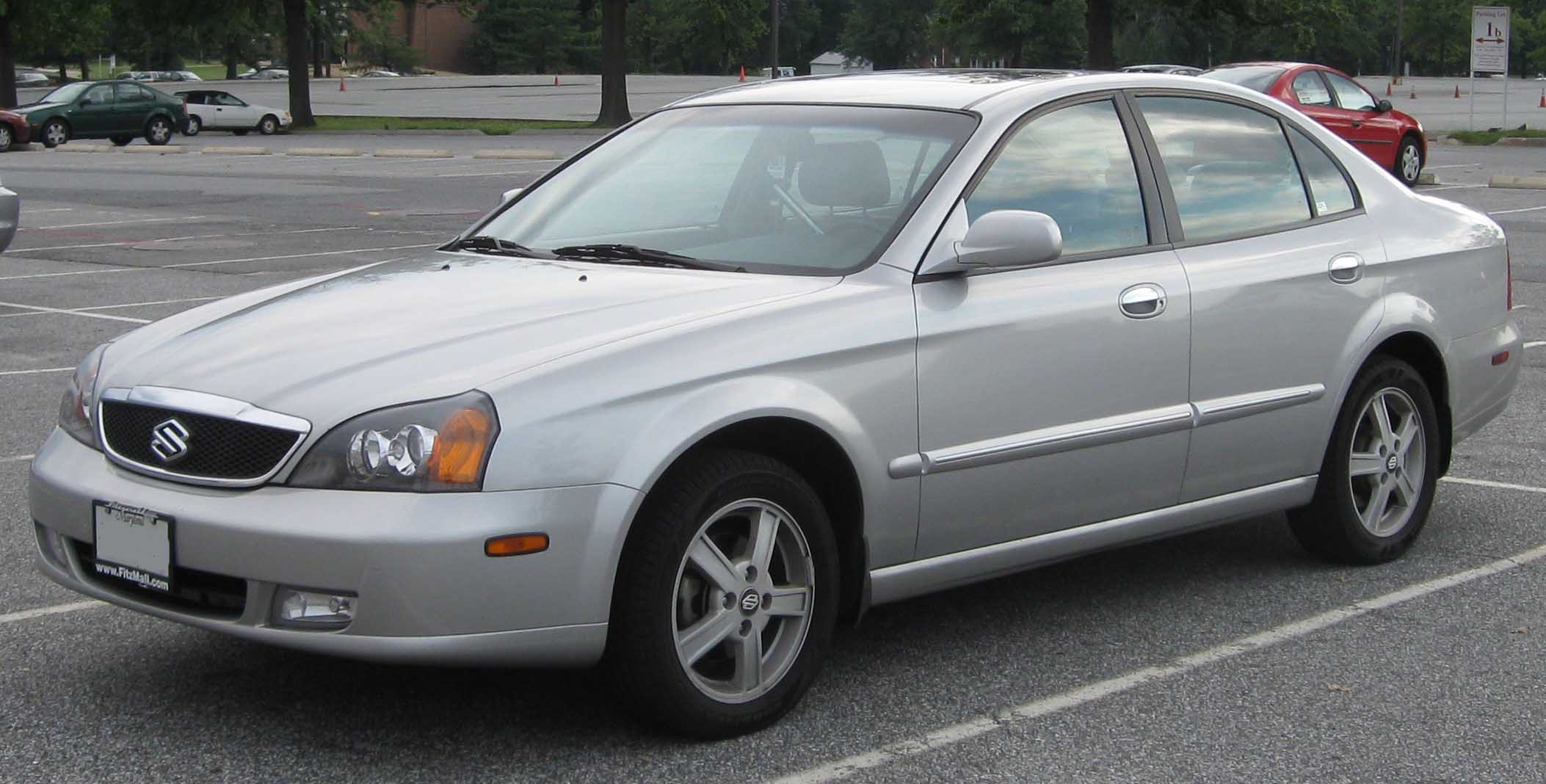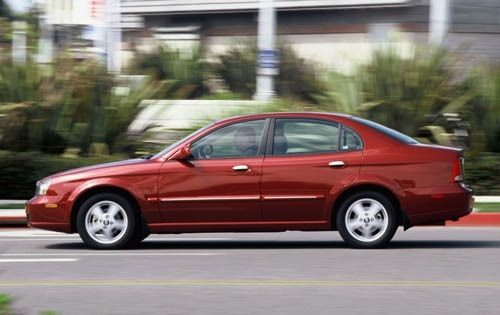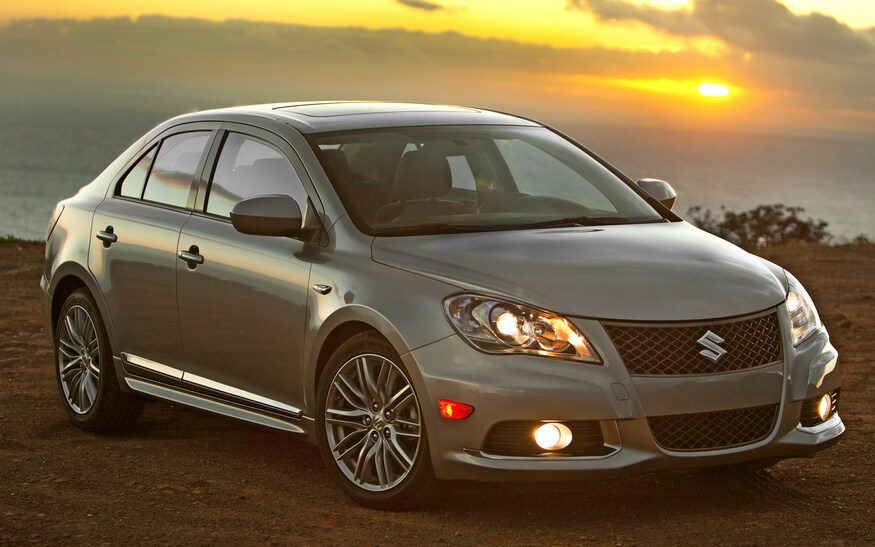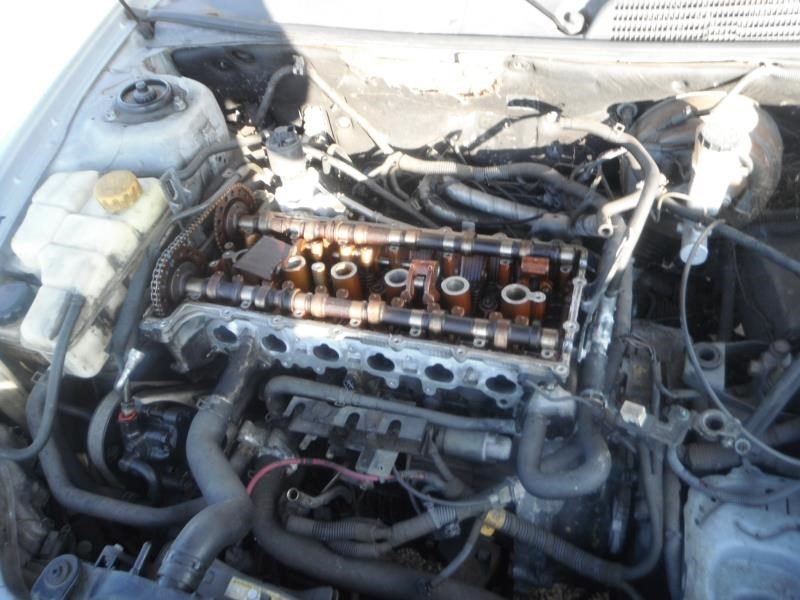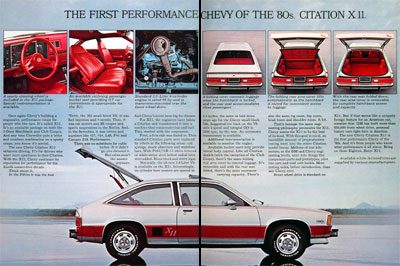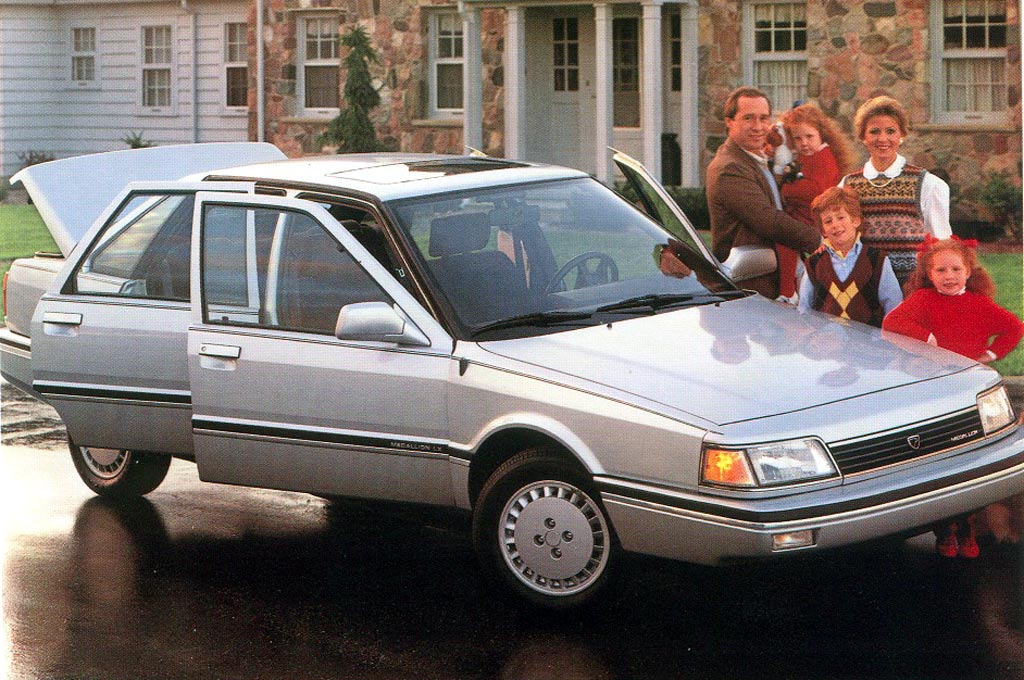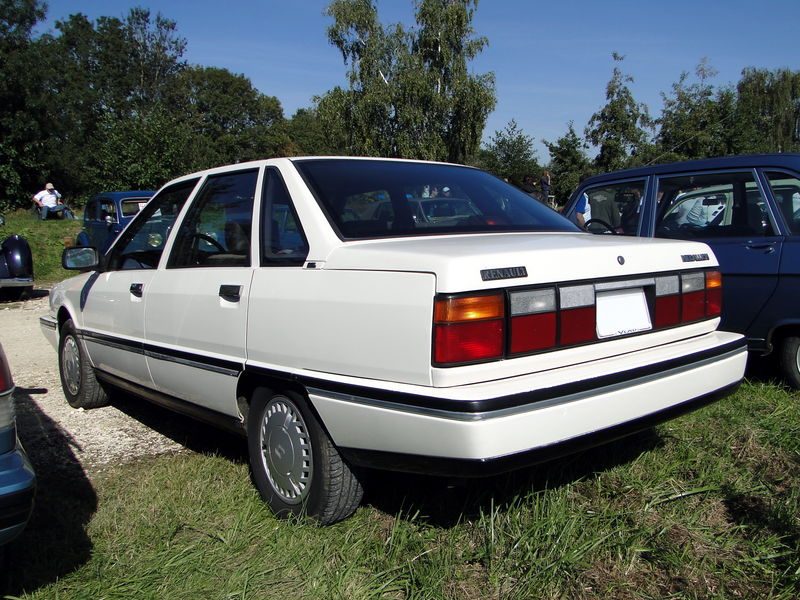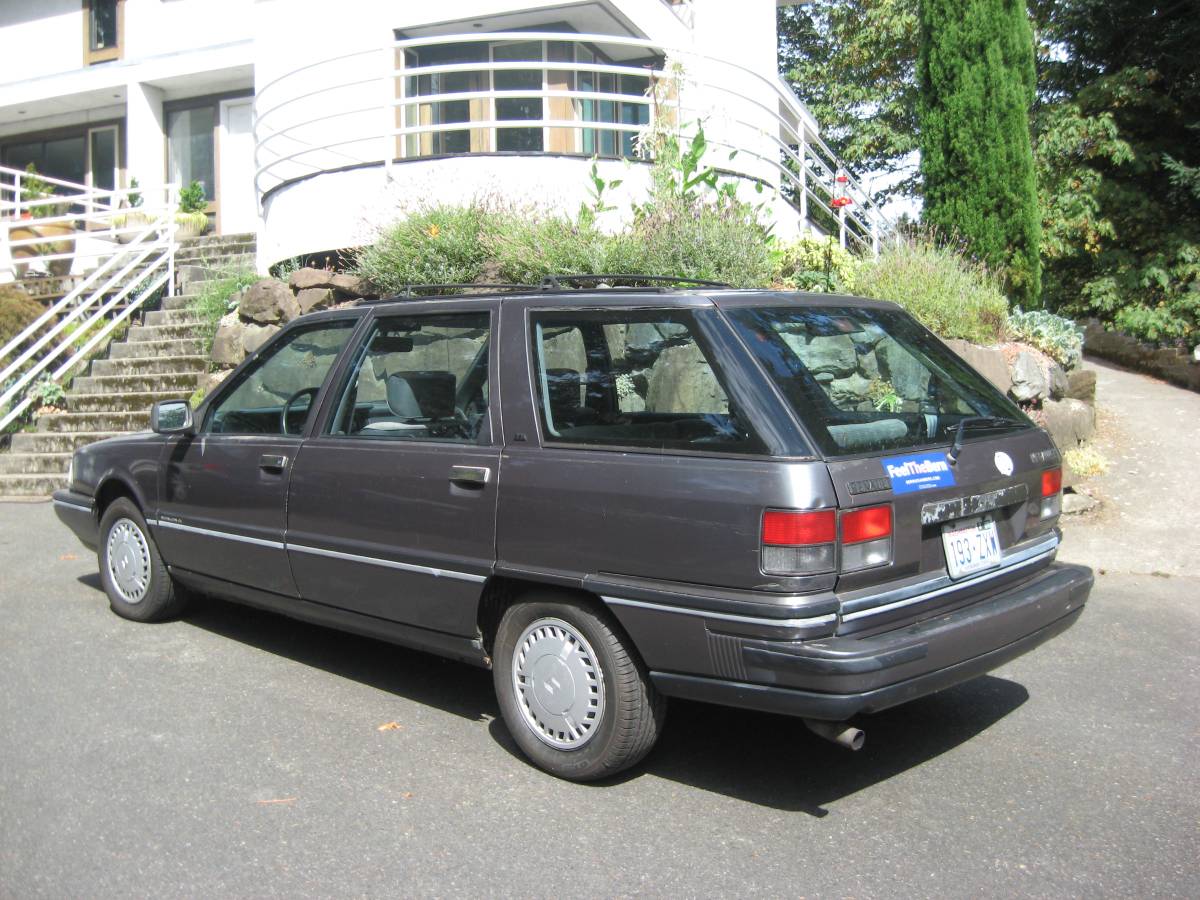2004-2006 Suzuki Verona

Saw one of these at the park today, for the first time in many years. This short lived car, Suzuki's 1st mid-size sedan, was the spiritual successor to the Daewoo Leganza. That's because despite wearing the Suzuki badge, it's not actually Japanese; it was styled by Giugaro and manufactured/assembled by Daewoo in S. Korea. Suzuki was in need of a basic, mid-size sedan to diversify it's US lineup, a competitor to the Sonata, Camry, and Accord, but didn't have the resources to craft their own, so they rebadged the Daewoo Magnus (Chevrolet Epica in Canada and Europe) and called it a day. Suzuki, having been a partner with GM at the time, had the rights to Daewoo cars after the company had filed for bankruptcy in the early 2000s. Interestingly, the car was powered by a 2.5L inline-six that was co-developed by Porsche, that laid sideways. Unfortunately, it wasn't very powerful, rated at 155hp. Exterior styling was staid and uninspiring, and the same can be said for the interior. This car is mainly forgotten for how poorly it sold, even for Suzuki standards; it's target was to sell at least 25,000 units per year, though it never even broke 10,000. Compared to its rivals, it was a poor value; it started at $18,200 while the Chevrolet Malibu started at $16,300, the Pontiac G6 at $16,800, and Nissan Altima at $17,700, and lacked essential features such as ABS, side airbags, and even power windows. It was also stuck with a clunky 4-speed automatic, making for a rather slow driving experience. It was also a bit short, measuring in at 186 inches while most mid-size cars were 190 inches long or longer. Bottom line was, it would be silly to buy this anonymous Suzuki sedan over its cheaper and better-equipped rivals.
Fortunately, Suzuki seemed to learn its lesson after the Verona's failure. The Kizashi was the successor to Verona, having entered the market three years after the Verona had been canceled in 2006, and was a much better car in every way imaginable; better styling, better performance, and better equipped, even having AWD and a 6-speed manual available. But despite it being a good competitor to it's Japanese and American rivals, it still fell short of Suzuki's sales expectations, which was a big factor in Suzuki's decision to permanently leave the US market in 2013.

